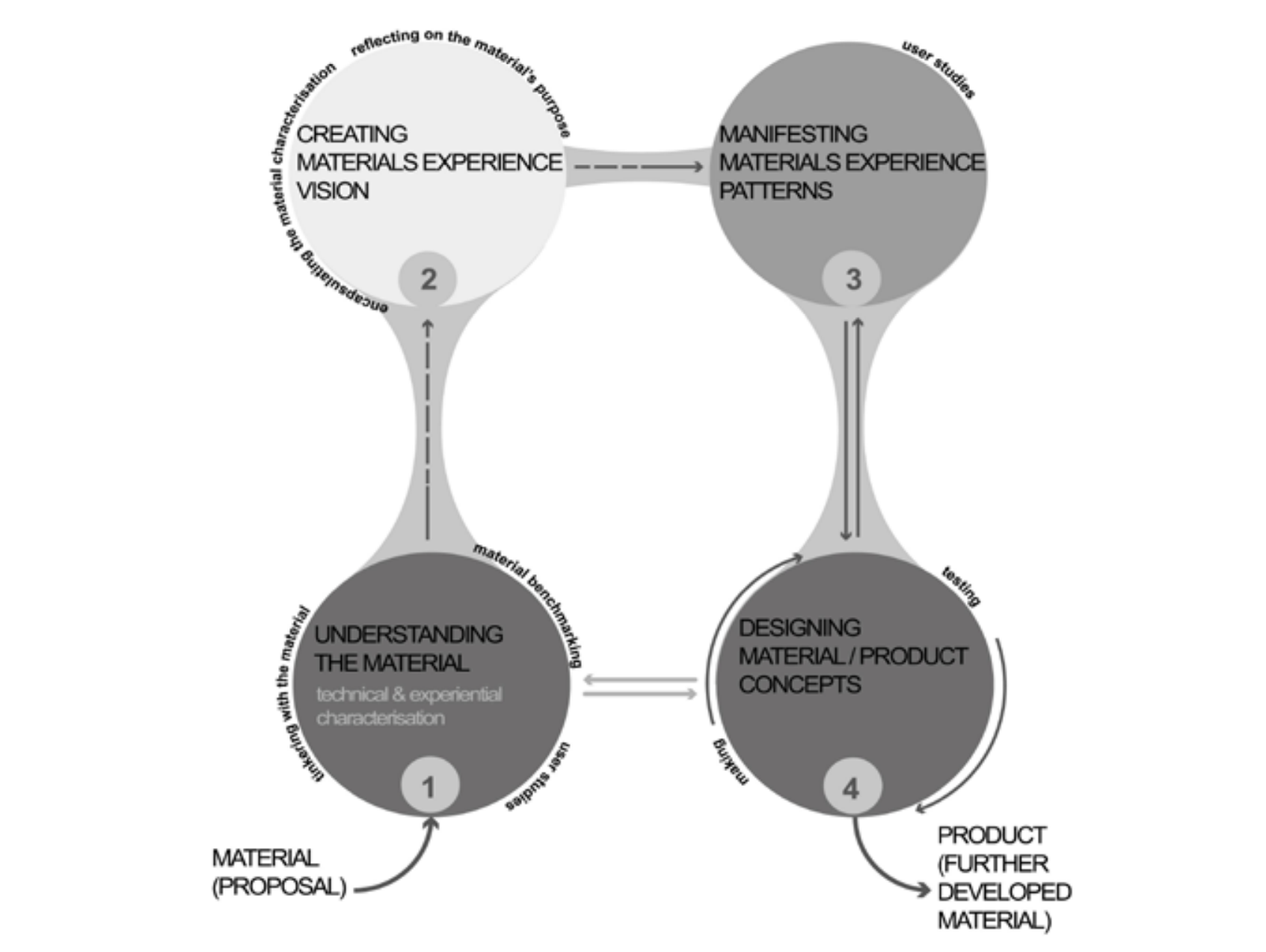
A shift from technical properties towards sensorial characteristics in product design education
- Post by: Tobias Larsson
- 22nd March 2018
- No Comment
ABSTRACT
The aim of this study is to evaluate a new pedagogic approach implemented in a compulsory materials course for product design students at bachelors level at ABC University. When developing a new curriculum for the material course, a decision was made to teach materials and production methods in a contextualized setting with emphasis on how students can deal with materials in a design process. Methods can be seen as mental tools that aid the design students in navigating complexity and offers them a structure to deal with unfamiliar territories. After an evaluation, some methods, guidelines and tools were selected to integrate in the compulsory materials course for the product design students, e.g. the Expressive-Sensorial Atlas [1], Meaning Driven Materials Selection [2] and the Material Driven Design method [3]. The implementation is made in two steps in order to test, evaluate and further develop a framework for teaching materials courses to product design students. The study evaluate the first step of implementation in general, and the implementation of the Material Driven Design method in particular. It is hoped that this research can contribute to further development of pedagogical approaches for teaching materials and production methods in a contextualized setting for product design students at bachelors level.
KEYWORDS
CITATION
Asbjörn Sörensen, C., S. Jagtap, A. Warell, (2017). A shift from technical properties towards sensorial characteristics in product design education. Proceedings of the 19th International Conference on Engineering and Product Design Education:: Building Community: Design Education for a Sustainable Future / [ed] Gulden T.,Pavel N.,Kovacevic A.,Buck L.,Bohemia E.,Berg A., Institution of Engineering Designers, The Design Society , 2017, p. 388-393
DOWNLOAD
http://urn.kb.se/resolve?urn=urn:nbn:se:bth-15975
